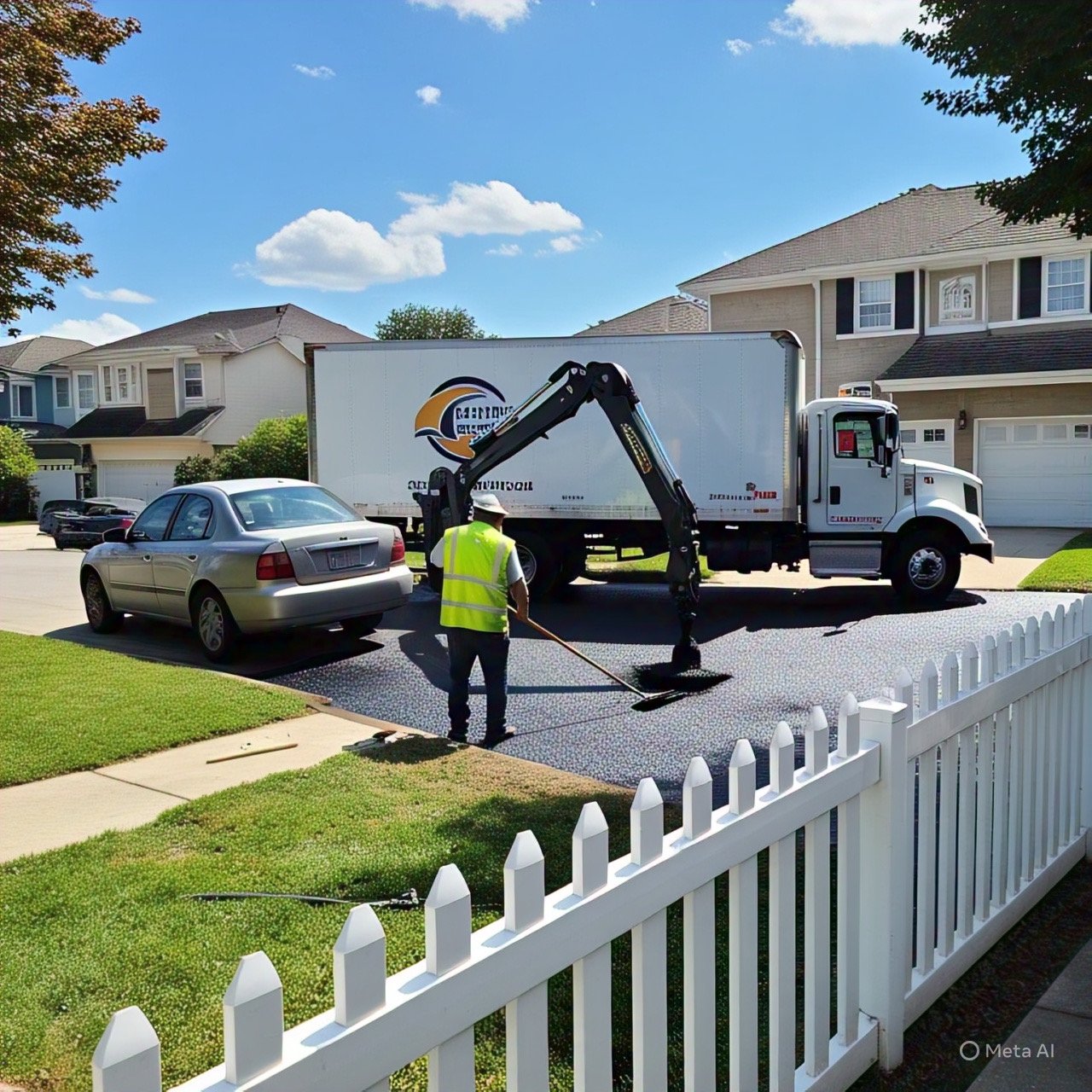How Often Should You Book a Driveway Sealing Service? Experts Weigh In
A pristine driveway not only enhances your home’s curb appeal but also safeguards one of the most frequently used surfaces on your property. While it’s easy to overlook driveway maintenance, regular sealing can drastically extend the life of your asphalt or concrete and protect it from Canada’s harsh seasonal conditions. But how often should you really schedule a driveway sealing service? Experts across the industry agree: the right frequency depends on a few key factors your climate, the condition of your driveway, and the type of material used.
Let’s break down the expert insights and practical recommendations for keeping your driveway protected year-round.
1. The Role of Driveway Sealing in Surface Protection
Driveway sealing is a preventative maintenance task that involves applying a protective coating over your driveway surface. This sealant acts as a barrier against moisture, UV rays, vehicle fluids, and other damaging elements. In Canada, where freeze-thaw cycles are intense and unpredictable, water that seeps into untreated cracks can quickly expand and deteriorate the surface. Regular sealing helps prevent that costly erosion.
2. Climate: The Most Critical Factor
If you’re living in regions with extreme seasonal variation think snowy winters and hot summers you may need to seal your driveway more frequently than homeowners in temperate climates. In provinces like Ontario and Alberta, the annual cycle of freezing and thawing causes asphalt to contract and expand, making it more vulnerable to cracking. In these cases, sealing every two to three years is a safe guideline, with some experts recommending annual inspections after winter.
3. New vs. Old Driveways: Different Timelines Apply
The age of your driveway plays a significant role in determining sealing frequency. A newly installed asphalt driveway should typically be left to cure for 6–12 months before applying the first layer of sealant. After the initial application, a sealing schedule of every two to three years is ideal for most properties. For older driveways with visible cracks, fading, or signs of wear, more frequent sealing may be necessary until repairs and restoration are addressed.
4. Asphalt vs. Concrete: Which Needs More Attention?
Asphalt driveways are more porous and flexible than concrete, making them particularly susceptible to damage without a proper sealing regimen. Concrete, on the other hand, is less flexible but more resistant to petroleum spills and UV rays. That said, concrete driveways still benefit from sealing, especially when exposed to de-icing salts and vehicle fluids. Asphalt surfaces should be sealed every two to three years, while concrete driveways can go three to five years between treatments, provided no major cracks or surface stains are present.
5. Signs That It’s Time to Reseal
You don’t have to guess when your driveway is due for a sealing. There are a few clear indicators:
If you spot any of these signs, it’s likely time to book a sealing appointment regardless of when your last one took place.
6. Avoiding the Pitfall of Oversealing
More isn’t always better. Oversealing your driveway can lead to peeling, cracking, and even a slick, unsafe surface. Experts caution homeowners not to seal annually unless absolutely necessary. Instead, aim for a healthy maintenance cycle based on the driveway’s age, usage, and condition. For example, driveways used frequently by heavy vehicles may require more attention than those with light residential use.
7. Professional Sealing vs. DIY Kits
While there are plenty of DIY sealing kits on the market, professionals bring a level of expertise and commercial-grade materials that are difficult to replicate at home. A poorly applied sealant can actually damage the surface or reduce its lifespan. Moreover, professional-grade tools ensure an even, thorough application, which can last longer and offer better resistance to the elements.
Additionally, professional services often include surface cleaning, minor repairs, and crack-filling beforehand, which significantly improves the longevity of the seal.
8. Seasonal Timing: When to Seal for Best Results
Timing your sealing appointment is crucial. The best season for sealing is typically late spring through early fall when temperatures range between 10°C and 30°C. Sealing in cold or rainy weather can prevent the sealant from bonding properly, leading to premature failure. Most professionals recommend booking well in advance of winter, especially in areas with heavy snowfall and salt use, to ensure your driveway is protected before the freeze sets in.
9. Long-Term Maintenance Pays Off
Beyond sealing, there are a few easy maintenance habits that can extend the lifespan of your driveway. Regular sweeping, pressure washing, and prompt removal of oil stains prevent long-term damage. Snow should be cleared carefully with plastic shovels to avoid gouging, and de-icing salts should be used sparingly.
By keeping up with these simple tasks and scheduling sealing at the right intervals, homeowners can avoid costly repairs and enjoy a driveway that lasts 20 years or more.
Final Thoughts on Keeping Your Driveway in Top Shape
While there’s no one-size-fits-all answer to how often you should seal your driveway, most experts agree that every two to three years is ideal for asphalt, and every three to five for concrete. However, your local climate, the age of your driveway, and the level of traffic it sees can all influence the best schedule for you.
Staying proactive about driveway maintenance saves time, money, and hassle down the line and ensures your home always makes a strong first impression.







